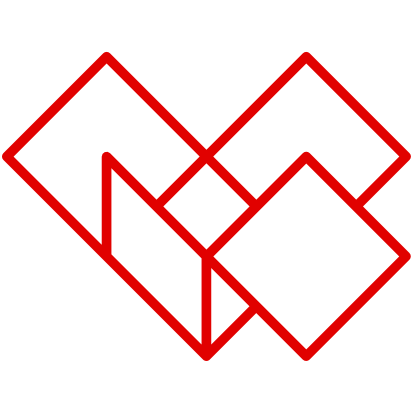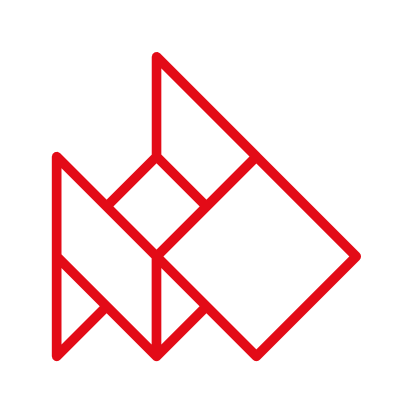Instructions
Time: 2-5 hours and up to several days. The time depends on the context; a fieldwork containing observations may extend over several days and may also be combined with interviews with the users of the object.
The students choose an object they wish to follow. When selecting an object it is important to carefully consider which contexts and phases it is possible to follow the object through.
Before the observation of the object:
- Identify the informants that use the object. This could for example be done by making an Stakeholder Analysis.
- The students identify which phases the object passes through and plan the fieldwork in each phase. For example the object could be a student’s computer passing through the following phases during the course of a day: home, transportation, lectures, library, transportation, gym, transportation, café, transportation and home again. During all of these phases the use and meaning of the computer changes.
- Make appointments with informants regarding observations and/or interviews. You might also want to discuss the option of taking pictures and recoding videos.
- Make an observation guide (view the method Observation) and an interview guide if you are planning on doing interviews (view the method The Qualitative Interview)
During the observation of the object:
- Make observations of the object in the various contexts (write down notes and perhaps make video recordings and take pictures)
After the observation of the object:
- Afterwards the notes are typed up and the documentation is collected and processed.
- You may use the methods Cluster Analysis and Challenge Maps in order to process the collected data.
- Insights can also be used for qualifying a User Journey or a Service Blueprint, which helps you analyse the users’ behavior and be inspired to develop new user-oriented solutions.
Worth Considering
It is important that the students observe and analyse with an open mind, but at the same time they should avoid overanalysing as it might block out important insights.
Preparation
The students need to use devices for documentation: notepads, pens, camera, dictaphone or perhaps a smartphone and/or video-camera.
If the students work in groups they can choose to either work alone or in pairs when following the object.
It might be necessary to make arrangements beforehand to make sure you are allowed to observe and interview the informants


